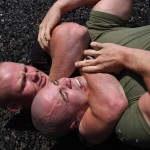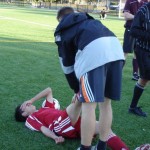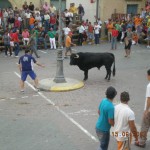Charlotte Personal Injury Attorney Matthew R. Arnold of Arnold & Smith, PLLC answers the question “What if a loved one dies from the injuries sustained in a serious accident while the case is pending?”
Images of a man being subdued by at least five New York City police officers flashed across media outlets around the world last week after the man—a 43-year-old father of six—died in custody.
 The man—Eric Garner—was placed in a chokehold by Officer Daniel Pantaleo before other officers joined in to take Garner down. Sgt. Kizzy Adonis said she believed she heard Garner trying to notify officers that he was having difficulty breathing after being taken down.
The man—Eric Garner—was placed in a chokehold by Officer Daniel Pantaleo before other officers joined in to take Garner down. Sgt. Kizzy Adonis said she believed she heard Garner trying to notify officers that he was having difficulty breathing after being taken down.
Officers first approached Garner because they alleged he was selling untaxed cigarettes. After approaching him, they said, he resisted arrest and failed to obey instructions as police tried to handcuff him. After Garner became unresponsive, a witness could be heard on video of the incident asking officers why no one was performing CPR. An officer answered that Garner was breathing, so he didn’t need CPR.
An initial investigation into Garner’s death did not mention Pantaleo’s chokehold, claimed Garner was not in “great distress,” and said he did not “get worse” while being held down by officers. Video footage of the skirmish, however, appears to show Garner struggling on the pavement and repeatedly saying “I can’t breathe” before losing consciousness.
 Charlotte Injury Lawyers Blog
Charlotte Injury Lawyers Blog






